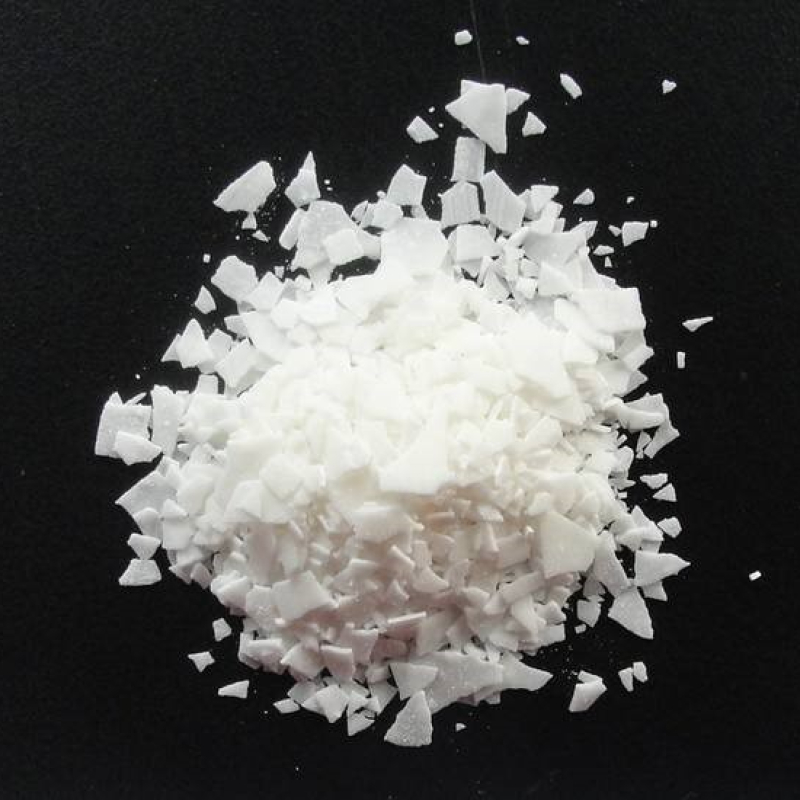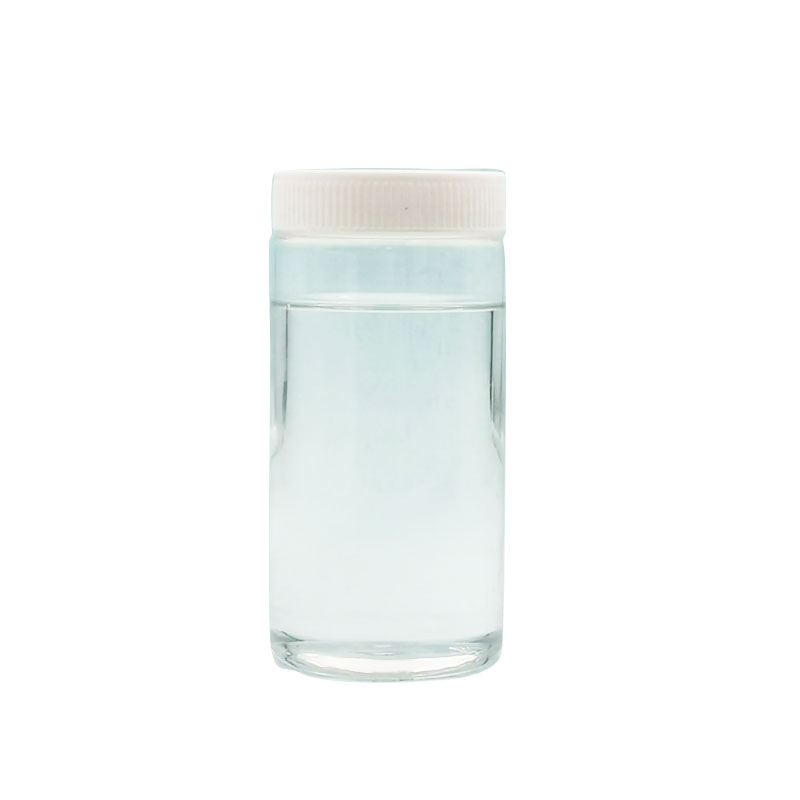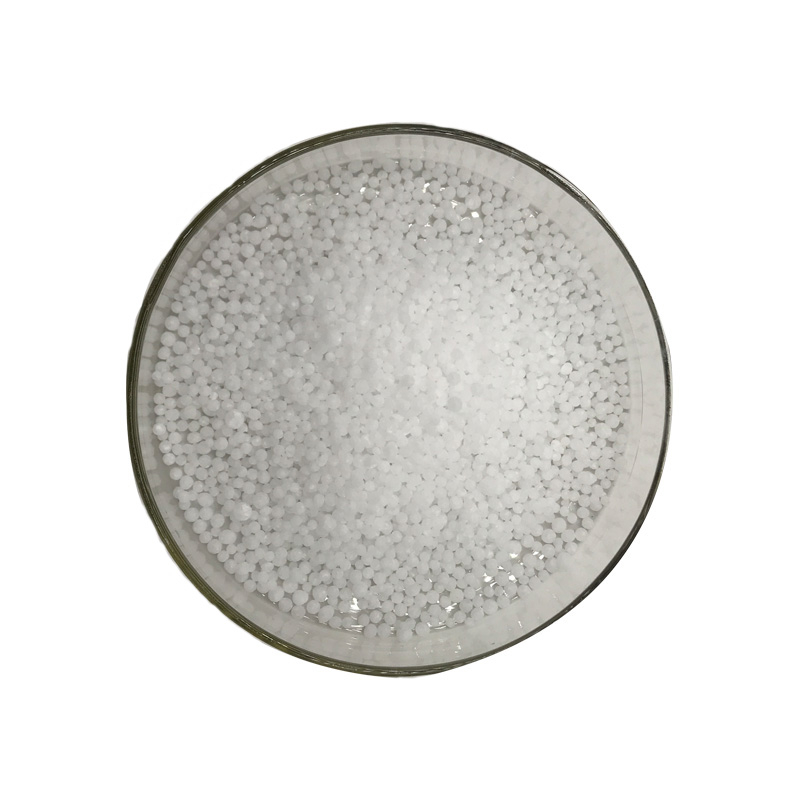Products Description of Triethylene glycol dimethacrylate CAS#109-16-0Unsaturated polyester resin (UPR) is one of the three most widely used matrix resin materials in resin-based composite materials.
Contact Now
Products Description of Triethylene glycol bis(2-ethylhexanoate) CAS#94-28-0This product is a solvent-based cold-resistant and environmentally friendly plasticizer with excellent low-temperature resistance, durability, oil resistance, UV resistance and antistatic properties, and has low viscosity and certain lubricity. This product is a special plasticizer for polyvinyl butyral (PVB safety glass) and synthetic rubber, which can make them produce low-temperature performance and low volatility. It can also be used for polyester cloth, adhesives and sealing materials.
Contact Now
Triethylene glycol CAS# 112-27-6Triethylene glycol is a clear, colorless, viscous, secure liquid with a barely sweetish odor. Soluble in water; immiscible with benzene, toluene, and gasoline. Combustible. Because it has two ether and two hydroxyl companies its chemical residences are closety associated to ethers and foremost alcohols. It is a desirable solvent for gums, resins, nitrocellulose, steam-set printing inks and timber stains.
Contact Now
Products Description of Polyethylene Glycol CAS#25322-68-3Polyethylene glycol is referred to as "PEG". It is a high molecular weight compound formed by intermolecular dehydration condensation of ethylene glycol. Chemical formula HOCH2(CH2OCH2)nCH2OH. Where n is greater than 4. Average molecular weight 200-7000. The number after the commercial polyethylene glycol indicates the average molecular weight. For example, polyethylene glycol-400 means that the average molecular weight of the commercial polyethylene glycol is about 400.Colorless viscous liquid or white solid.
Contact Now
Products Description of Neopentyl glycol diglycidyl ether CAS#17557-23-2Slightly yellow transparent liquid. Soluble in organic solvents such as ketone and benzene.
Contact Now
Ethylene glycol CAS#107-21-1Ethylene glycol is the simplest aliphatic diol, with the chemical properties of alcohol, and can generate ethers, esters, or be oxidized to acids or aldehydes, and can also be condensed to ethers or replaced by halogens. It generally generates diesters when reacting with acyl chlorides or anhydrides.
Contact Now
Products Description of Diethylene glycol CAS#111-46-6Diethylene glycol (DEG) is a multifaceted compound with a pivotal role in pharmaceuticals, cosmetics, and textiles. Our firm boasts a robust track record of international collaboration, supplying DEG for applications from liquid medications to skincare formulations and advanced textile dyeing processes. Our R&D arm, in synergy with academic excellence, propels innovation, ensuring our DEG consistently exceeds purity benchmarks, typically at ≥99.9%.
Contact Now
Products Description of Oxydipropyl dibenzoateCAS#27138-31-4Dipropylene glycol dibenzoate (DPGDB) is a highly soluble benzoate plasticizer, the main component of which is dipropylene glycol dibenzoate.
Contact Now
Diethylene glycol CAS#111-46-6Diethylene glycol is a clear colorless, odorless and steady oily liquid. It is additionally barely viscous, noncorrosive and nonvolatile. Because of its ether and alcohol group, diethylene glycol well-knownshows chemical residences attribute of both essential alcohols and ethers. Its boiling factor is extensively greater than that of ethylene glycol, and its solvent is greater.
Contact Now
Diethylene Glycol Monobutyl Ether CAS# 112-34-5Diethylene glycol mono-n-butyl ether has a wide variety of applications in Chiral chemistry and green chemistry. It is also used in cosmetics. It is used as diluents and leveling agents in the manufacture of paints and in baking. It is also used in the manufacture of nitrocellulose. In brake fluid, it is used as an additive. It is used in the printing industry due to its slow evaporation rate. It is also used as a fixative for perfumes and antiseptics.
Contact Now
Products Description of Poly(ethylene glycol) dimethacrylateCAS#25852-47-5 Used in food, medical and health gel materials, etc.Poly(ethylene glycol) dimethacrylate Chemical PropertiesBoiling point >200 °C2 mm Hg(lit.)density 1.11 g/mL at 25 °Crefractive index n20/D 1.467Fp >230 °Fstorage temp. 2-8°Csolubility H2O: solubleform Granular Solidcolor White to off-whiteWater Solubility Soluble in water.Sensitive Moisture & Light SensitiveStability:Stable.
Contact Now
Products Description of Poly(ethylene glycol) distearate CAS#9005-08-7This product is a white solid, soluble in isopropanol, glycerin, gasoline solvents, dispersed in water, melting point 35 ~ 37 ℃.Poly(ethylene glycol) distearate Chemical PropertiesMelting point 35-37 °CFp >230 °FOdorat 100.00?%.
Contact Now
Products Description of Methoxypolyethylene glycols CAS#9004-74-4Polyethylene glycol monomethyl ether is a derivative of polyethylene glycol. It is soluble in water, ethanol and most highly polar organic solvents. It is less volatile than glycerol, has stable chemical properties, is not easily hydrolyzed and destroyed, and has strong hydrophilicity. It has low vapor pressure and is stable to heat. It is used as a thickener and lubricant in the textile printing and dyeing industry and the daily chemical industry.
Contact Now
Products Description of Diethylene Glycol Ethyl Methyl Ether CAS#1002-67-1Diethylene glycol methyl ethyl ether is a chemical.
Contact Now
Products Description of 1,2-Diformyloxyethane CAS#629-15-2Ethylene glycol diformate is a toxic substance that is liquid at room temperature and has a special odor.
Contact Now
Ethylene Glycol Diacetate CAS#111-55-7Ethylene Glycol Diacetate, additionally recognized as ethylene glycol diacetate, has a chemical shape containing an ethylene glycol (1,2-ethanol) skeleton, with an acetate crew (-O-C (=O)-CH₃) linked to every of the two hydroxyl positions of ethylene glycol.It is normally a colorless, obvious liquid, from time to time barely yellowish.
Contact Now
Products Description of Ethylene glycol monoethyl ether acetate CAS#111-15-9Colorless liquid. Freezing point -61.7℃, boiling point 156.3℃, 51℃ (2.8kPa), relative density 0.973 (20℃), melting point -61.7℃, refractive index 1.4055 (20℃), flash point 51℃ (closed cup), 66℃ (open cup), ignition point 379℃. Miscible with general organic solvents and soluble in water.
Contact Now
Ethylene glycol CAS#107-21-1It is colorless obvious viscous liquid with candy style and moisture absorption capability. It is additionally miscible with water, low-grade aliphatic alcohols, glycerol, acetic acid, acetone, ketones, aldehydes, pyridine and comparable coal tar bases.
Contact Now
POLY(ETHYLENE GLYCOL) METHYL ETHER ACRYLATE Chemical PropertiesMelting point 6-7 °C(lit.)density 1.09 g/mL at 25 °C(lit.)Fp >230 °Fstorage temp. -20°Cform Granular Solidcolor White to off-whiteWater Solubility Soluble in waterEPA Substance Registry SystemPoly(oxy-1,2-ethanediyl), .alpha.-(1-oxo-2-propenyl)-.omega.-methoxy- (32171-39-4)Safety InformationHazard Codes TRisk Statements 45-46Safety Statements 53-36/37/39-24/25-22-45WGK Germany 3TSCA YesHS Code 39072090Factory and Equipment ShowFast delivery
Contact Now
Products Description of Imidazolidinyl urea CAS#39236-46-9White flowing powder, hygroscopic, odorless or with a slight characteristic odor, easily soluble in water, soluble in propylene glycol and glycerin, and hardly soluble in ethanol.Imidazolidinyl urea Chemical PropertiesMelting point 141-143℃Boiling point 514.04°C (rough estimate)density 1.4245 (rough estimate)vapor pressure 0Pa at 25℃refractive index 1.6910 (estimate)storage temp. 2-8°Csolubility Soluble in water and in glycerol, but insoluble in almost all organic solvents.pka7.41±0.10(Predicted)f
Contact Now
Products Description of Dicyandiamide CAS#461-58-5Dicyandiamide, abbreviated as DICY or DCD. It is an organic substance with the chemical formula C2H4N4. It is a dimer of cyanamide and a cyano derivative of guanidine. Chemical formula C2H4N4. White crystalline powder. Soluble in water, alcohol, ethylene glycol and dimethylformamide, almost insoluble in ether and benzene.
Contact Now
Products Description of Ethylene dimethacrylate CAS#97-90-5Ethylene glycol dimethacrylate is a diester, meaning there are two alcohol/acid combinations in one organic compound or monomer. Industries often combine this substance with other chemicals to make plastics or rubber.
Contact Now
Products Description of 1-Hexanol CAS#111-27-3Colorless liquid. Boiling point 157℃, relative density 0.819, miscible with ethanol, propylene glycol, and oil. Has a light green scent of young branches and leaves, with a slight aroma of wine, fruit, and fat. Hexanol or its carboxylic acid esters are present in trace amounts in citrus fruits, berries, etc.
Contact Now
Products Description of Pyrazine CAS#290-37-9Pyrazine is a chemical.CAS No. is 290-37-9.Pyrazine Chemical PropertiesMelting point 50-56 °C (lit.)Boiling point 115-116 °C (lit.)density 1.031 g/mL at 25 °C (lit.)refractive index 1.5235FEMA 4015 | PYRAZINEFp 132 °Fstorage temp. Store below +30°C.solubility SOLUBLEpka0.65(at 27℃)form Crystalscolor WhiteSpecific Gravity1.031Odorat 0.10 % in propylene glycol.
Contact Now



































